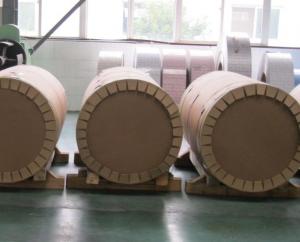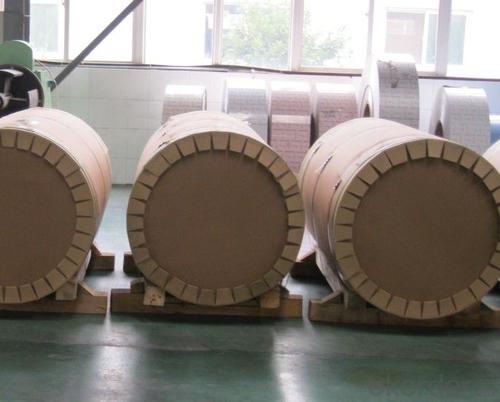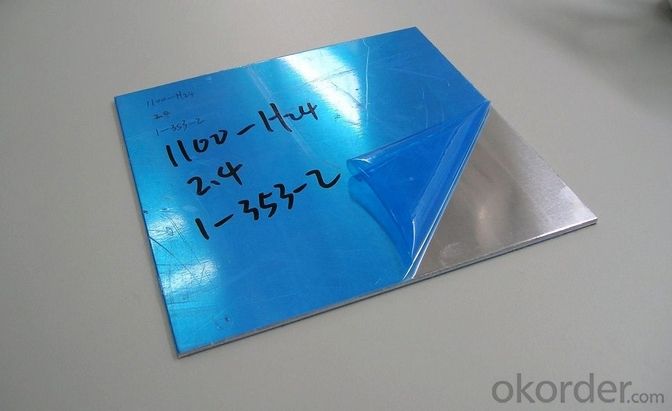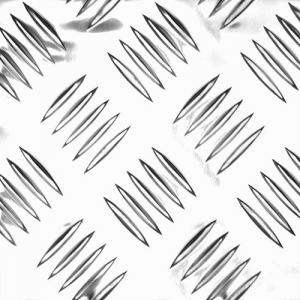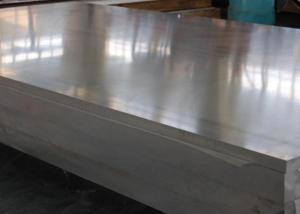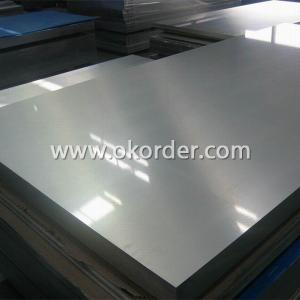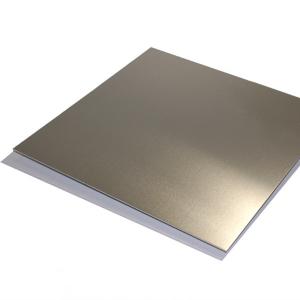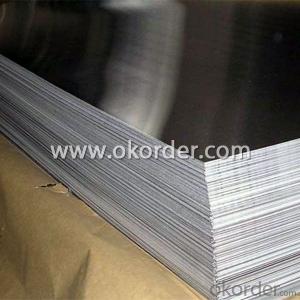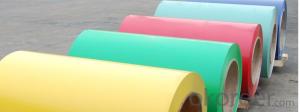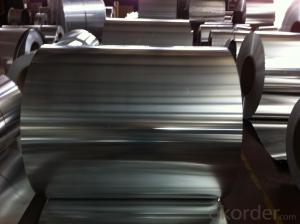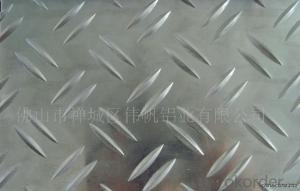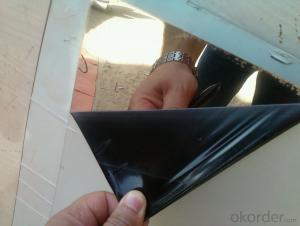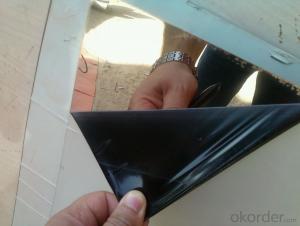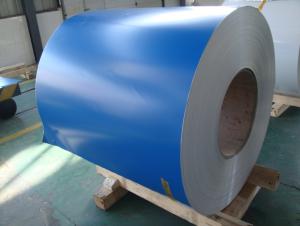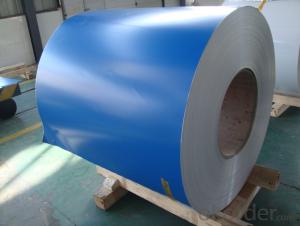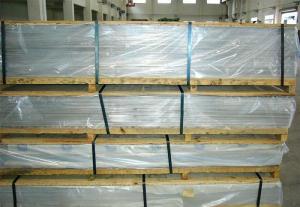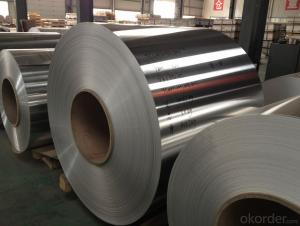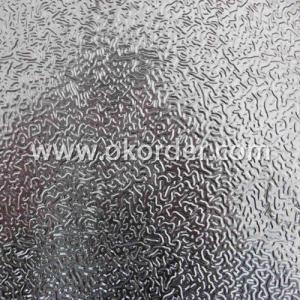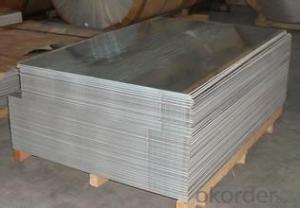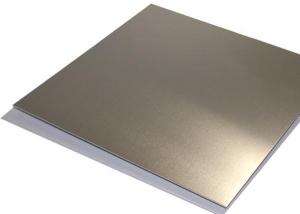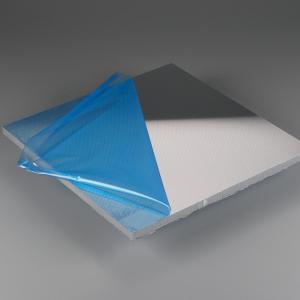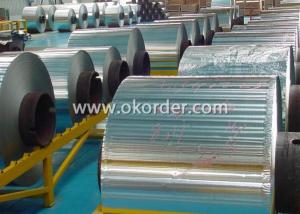Aluminum Sheets for Siding - Aluminum Sheet and Cold Rolled Plate with Best Price
- Loading Port:
- Shanghai
- Payment Terms:
- TT OR LC
- Min Order Qty:
- 9 m.t.
- Supply Capability:
- 300 m.t./month
OKorder Service Pledge
OKorder Financial Service
You Might Also Like
Specification
1.Structure of Product Description
hot rolled and cold drawn aluminum plate are both widely used in the field of construction field and decoration field, etc.
There are many different grades, such as: 1000 series, 2000 series, 3000 series, The detailed grade are as follows: 1010, 1050,1060,1100, 2024, 3003, 3005, 3105,8011, etc.
The temper is include H14, H22, H24,O,H114,etc.
2. Main features of the product
a.Competitive price
b.Frist-Class Service.
3. Image.
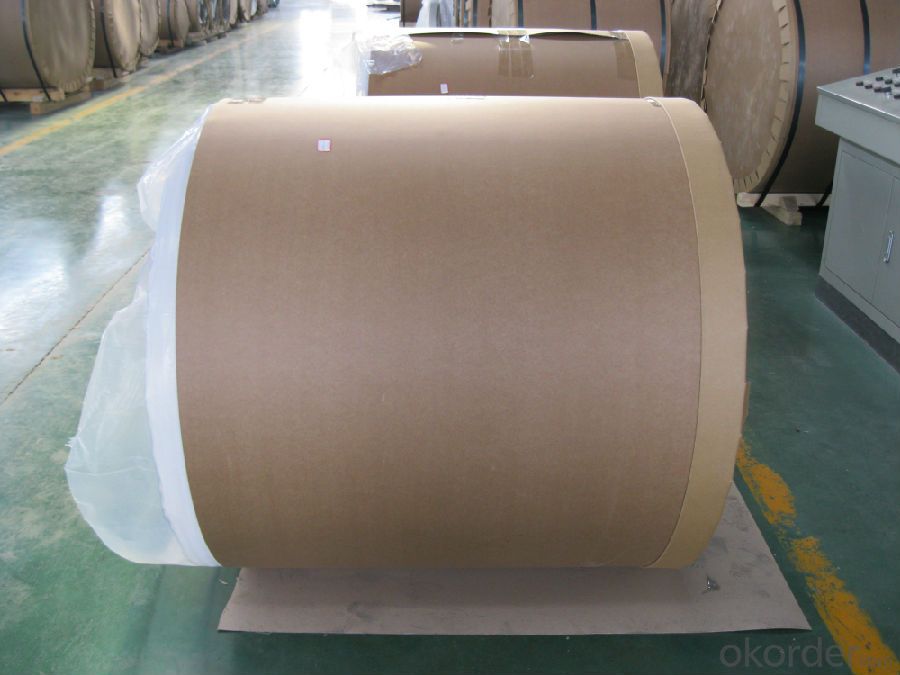
4. Product detailed sizes:
1000mm*2000mm,1250mm*2500mm,1219mm*2438mm, etc.
5. FAQ:
What is the quality standard?
---Usually our standard is GB3880-2006 or others.
What is the width range?
---It is from 1000mm to 2500mm, etc.
what is the thickness range?
---normally the thickness range is from 0.2mm to 10mm, etc.
What is the length range:
---It is from 2000mm to 6000mm, etc.
---Normally it is around 5 tons/each size.
Where are your clients from?
---Normally it is from Japan, USA, Canada, Turkey, Vietnam,HongKong, etc.
What is your mainly products?
---Normally they are aluminum sheet, checkered sheet,aluminum casting coil, etc.
- Q: Does anyone know how to polish aluminum on a motorcycle that isn't too expensive to do?
- Get ahold of a polishing companys cataloge. The have all kinds of felt polishing wheels in all shaps and sizes.
- Q: Are aluminum sheets affected by UV radiation or sunlight exposure?
- UV radiation and sunlight can indeed have an impact on aluminum sheets. With the passage of time, the sheets may undergo oxidation due to their exposure to UV radiation and sunlight, resulting in an unsightly and lackluster appearance. Furthermore, extended exposure to UV rays can lead to material weakening, rendering it susceptible to cracking or breakage. To safeguard aluminum sheets from the detrimental consequences of UV radiation, it is advisable to employ a protective coating or opt for anodized aluminum, which boasts a sturdier and longer-lasting surface.
- Q: Can aluminum sheets be used for decorative or architectural purposes?
- Yes, aluminum sheets can be used for decorative or architectural purposes. Due to their lightweight, durability, and versatility, aluminum sheets are commonly used in architectural design and construction for applications such as cladding, roofing, facades, and decorative elements. They offer various finishes, patterns, and colors, making them suitable for enhancing the aesthetic appeal of both interior and exterior spaces. Additionally, aluminum sheets are resistant to corrosion and require minimal maintenance, making them a popular choice for decorative and architectural purposes.
- Q: How do you prevent oxidation of exposed edges of aluminum sheets?
- There are several effective methods available to prevent oxidation of exposed edges on aluminum sheets: 1. Applying a protective coating is a commonly used approach. Various types of coatings like paint, lacquer, or specialized protective coatings designed for aluminum can be used. These coatings act as a barrier, preventing contact between the aluminum, oxygen, and moisture, which are the main causes of oxidation. 2. Anodizing is another option. This involves subjecting the aluminum sheets to an electrolytic process, creating a controlled and thick layer of oxide on the surface. This layer acts as a protective barrier against oxidation and offers additional benefits like improved corrosion resistance and enhanced aesthetics. 3. Proper storage and handling practices are crucial. Aluminum sheets should be kept in a dry and well-ventilated area, away from moisture and humidity. It is important to avoid placing them directly on the ground or other surfaces that may expose them to moisture. Additionally, wearing gloves during handling can minimize the transfer of oils from the skin, which can accelerate oxidation. 4. Regular cleaning and maintenance play a significant role in preventing oxidation. Removing dirt, grime, and other contaminants from the surface is essential as they contribute to the oxidation process. Mild soaps or detergents and a soft cloth or sponge can be used for cleaning. Thoroughly drying the sheets after cleaning is important to eliminate any remaining moisture. By implementing these preventive measures, the oxidation of exposed edges on aluminum sheets can be effectively minimized. This ensures their durability and preserves their aesthetic appeal.
- Q: Is it possible to construct furniture using aluminum sheets?
- <p>Yes, you can use aluminum sheets to make furniture. Aluminum is a lightweight, durable, and corrosion-resistant material that is often used in modern furniture design. It can be easily shaped and welded, making it suitable for a variety of furniture pieces such as tables, chairs, and shelving. However, it's important to consider the design and structural integrity, as well as the finish and comfort, when creating furniture with aluminum. It's also advisable to use appropriate tools and techniques to ensure safety and quality in the construction process.</p>
- Q: Can aluminum sheets be used for reflective insulation?
- Indeed, reflective insulation can make use of aluminum sheets. With their high reflectivity and impressive thermal conductivity, aluminum proves to be an exceptional option for effectively reflecting heat and minimizing heat transfer. By employing aluminum sheets as insulation, heat can be effectively redirected away from the surface, effectively preventing its entry or escape from the desired space. This proves to be advantageous in maintaining a cozy temperature indoors or safeguarding delicate equipment against extreme temperatures. Moreover, the lightweight nature and ease of installation of aluminum sheets further contribute to their popularity in reflective insulation applications.
- Q: Can aluminum sheets be used for lithographic printing?
- Indeed, lithographic printing can make use of aluminum sheets. This widely-used printing method, also referred to as offset printing, involves the transfer of an image from a plate onto a rubber blanket and subsequently onto the printing surface. Aluminum sheets are frequently employed as the foundational material for lithographic plates due to their exceptional durability, lightweight composition, and capacity to retain intricate details. Typically, these aluminum sheets utilized in lithographic printing are coated with a photosensitive emulsion, facilitating the precise and accurate transfer of the image onto the printing surface. Consequently, aluminum sheets represent an optimal selection for lithographic printing, particularly for extensive and high-quality printing endeavors.
- Q: 4.0mm five bars, aluminum plate, 4 aluminum plate, one ton, how many square?
- The price is calculated according to the price of aluminum ingot + processing fees (aluminum state), the specific price according to the size of the aluminum plate, zero shear and the whole board price also has the difference, Jiangsu Yi Heng Liu Guangxi Henan Mingtai aluminum has the.The square and the thickness are multiplied, and then multiplied by the density is the weight, and then by weight conversion on it
- Q: How do aluminum sheets perform in terms of thermal expansion and contraction?
- Aluminum sheets have a relatively high coefficient of thermal expansion, meaning they expand and contract more than most other materials when exposed to heat or cold. The coefficient of thermal expansion for aluminum is approximately 23 x 10^-6 per degree Celsius. This means that for every degree Celsius increase in temperature, aluminum will expand by 23 millionths of its size. This thermal expansion and contraction property of aluminum makes it suitable for various applications where temperature fluctuations are expected. For instance, in the construction industry, aluminum sheets are commonly used for roofing and cladding purposes. These sheets can withstand the thermal stresses caused by the changing temperatures without warping or distorting significantly. Moreover, this characteristic of aluminum also makes it ideal for manufacturing products like cookware and heat sinks. Aluminum cookware heats up quickly and evenly due to its high thermal conductivity and expands uniformly, preventing warping or deformation when exposed to heat. Similarly, aluminum heat sinks effectively dissipate heat generated by electronic components, as they can accommodate thermal expansion without compromising their structural integrity. However, it is important to note that while aluminum sheets have good thermal expansion and contraction properties, extreme temperature changes can still lead to some dimensional changes. Therefore, proper consideration of the anticipated temperature variations is crucial when designing and using aluminum sheets to ensure their optimal performance and longevity.
- Q: What specific tools or equipment are necessary for working with aluminum sheets?
- <p>Working with aluminum sheets typically requires a few specialized tools and equipment. These include a metal cutting saw for precise cuts, a metal file or sandpaper for smoothing edges, a metal shear for cutting, and a drill with metal bits for making holes. A roller or bending brake is useful for shaping the sheets, and a T-square or straight edge is important for marking straight lines. Safety equipment such as gloves, goggles, and a dust mask are also essential to protect against sharp edges and metal dust.</p>
Send your message to us
Aluminum Sheets for Siding - Aluminum Sheet and Cold Rolled Plate with Best Price
- Loading Port:
- Shanghai
- Payment Terms:
- TT OR LC
- Min Order Qty:
- 9 m.t.
- Supply Capability:
- 300 m.t./month
OKorder Service Pledge
OKorder Financial Service
Similar products
Hot products
Hot Searches
Related keywords
